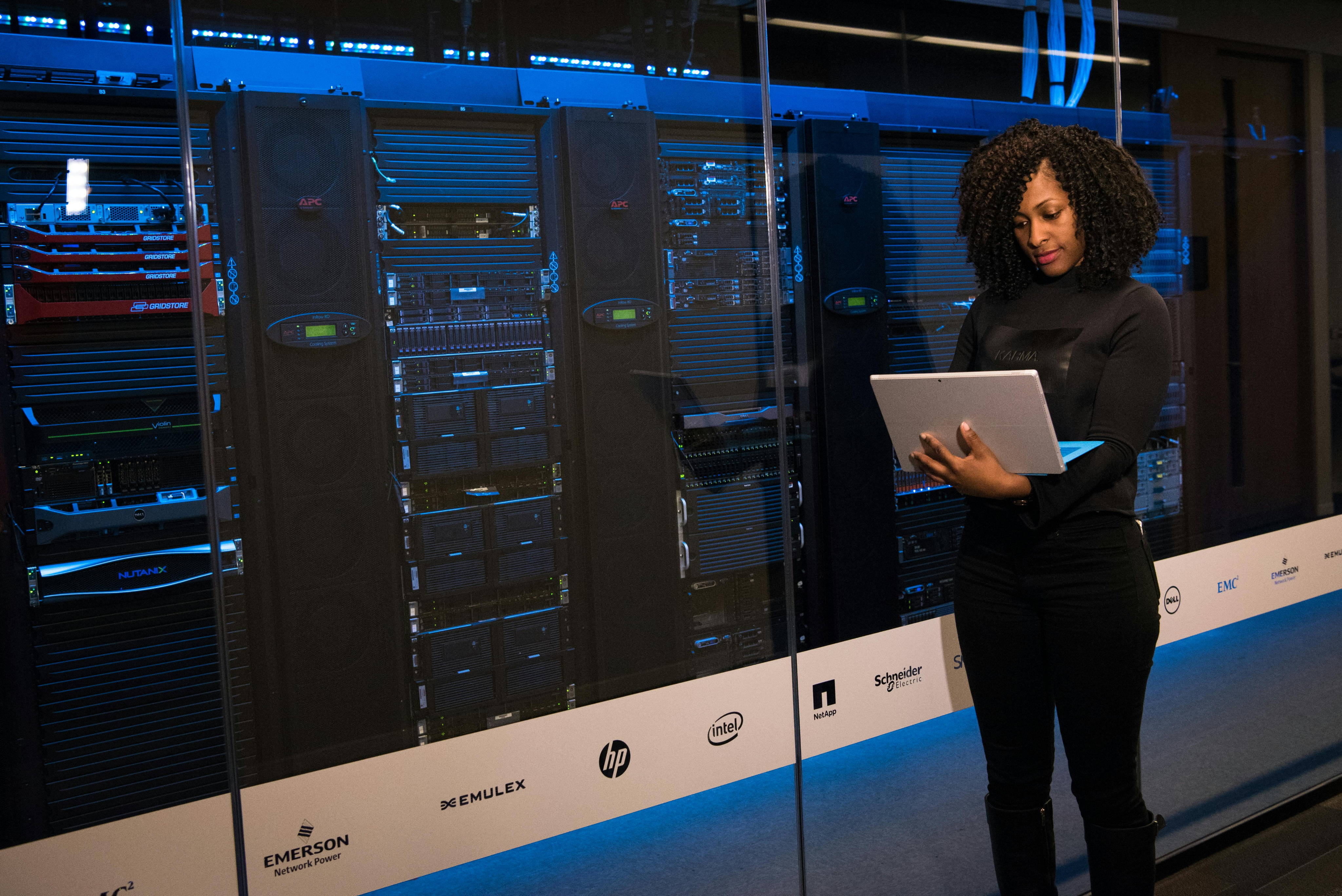Fine Grain Encryption Control for Enterprise Applications
The Key Per IO (KPIO) project is a joint initiative between the NVM Express® and TCG Work Groups (WGs) to define a new KPIO Security Subsystem Class (SSC) under TCG Opal SSC for NVMe® class of Storage Devices. Self-Encrypting Drives (SED) perform continuous encryption on user accessible data based on contiguous LBA ranges per namespace. This is done at interface speeds using a small number of keys generated/held in persistent media by the storage device. KPIO will allow large numbers of encryption keys to be managed and securely downloaded into the NVM subsystem.






